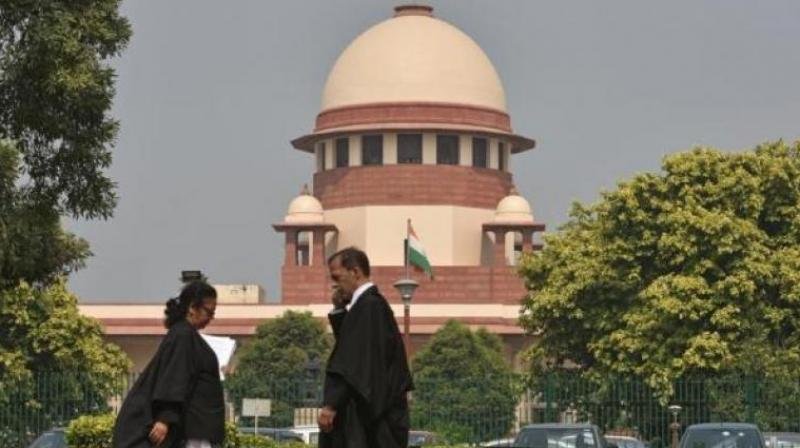NASA Project Looks To Grow Turnips And Basil On The Moon
அமெரிக்காவின் நாசா விண்வெளி மையம் சந்திரனில் தாவரங்கள் வளரச்செய்யும் ஆராய்ச்சியில் ஒன்றில் ஈடுபட உள்ளது. வருகிற 2015–ம் ஆண்டு அதற்கான ஆய்வை தொடங்கி ஆயத்த பணியை இப்போதே ஆரம்பித்து விட்டது.
முன்னதாக சந்திரனில் எந்த வகை பயிர்களை முளைக்க வைத்து விளைய செய்ய முடியும் என ஆய்வு நடத்தியது.அதில், டர்னிப் எனப்படும் சீனம் முள்ளங்கி, துளசி, ஓமம் மற்றும் அராபி டாப்சிஸ் என்ற ஒருவகை தாவரம் பயிரிட முடியும் என கண்டறியப்பட்டுள்ளது. அவற்றின் விதைகள் 5 முதல் 10 நாட்களில் முளைக்கும் தன்மை உடையது.இந்த விதைகளை முளைக்க வைத்து காய்கறி விளைவிப்பதன் மூலம் அங்கு மனிதன் தங்கி உயர் வாழ முடியுமா என்ற ஆய்வையும் தொடர்ந்து நடத்த நாசா திட்டமிட்டுள்ளது.
தாவரங்களை வளர்ப்பதற்காக சந்திரனுக்கு வருகிற 2015–ம் ஆண்டில் ஒரு ஆய்வு கூடம் அனுப்பப்படுகிறது. அதில் 5 முதல் 10 நாட்களில் முளைத்து வளரக்கூடிய டக்னிப், அராபி, டோப்சிஸ், ஓமம், துளசி செடி வகைகளின் விதைகளும் எடுத்து செல்லப்படுகின்றன.
இந்த தாவரங்கள் செழித்து வளரும் பட்சத்தில் அங்கு மனிதனும் வாழ முடியும் என நாசா விஞ்ஞானிகள் கருதுகின்றனர். அதற்கான ஆய்வும் தொடர்ந்து நடத்த திட்டமிடப்பட்டுள்ளது. அதற்கான முன்னோடி ஆராய்ச்சியாக தாவரங்கள் பயிரிடப்படுகிறது.
NASA Project Looks To Grow Turnips And Basil On The Moon
NASA is planning to take its exploration of the moon to a new level by sowing the first seeds on the lunar surface by 2015. The space agency said it plans to develop a very simple sealed growth chamber that can support germination over a five to 10 day period in a spacecraft on the moon. “If we send plants and they thrive, then we probably can. Thriving plants are needed for life support (food, air, water) for colonists. And plants provide psychological comfort, as the popularity of the greenhouses in Antarctica and on the Space Station show,” NASA said in a description of the experiment. The experiment could be able to hitch a ride on a commercial spacecraft developed for the Google Lunar X-Prize in 2015. The self-contained habitat is small, so it would be easy to fit in as a payload on the commercial lunar lander. “After landing in late 2015, water will be added to the seeds in the module and their growth will be monitored for 5-10 days and compared to Earth based controls,” NASA said. The space agency is planning to send Arabidopsis, basil, and turnip seeds on the payload. This will be the first life sciences experiment on another world and an important step in the utilization of plants for human life support. Follow up experiments will help improve the technology in the growth module and allow for more extensive plant experiments. Plant growth on Earth has been well studied, and there has also been a lot of research done in understanding plant growth in microgravity on the Space Shuttles and International Space Station. However, the surface of the Moon is the only location on which the effects of lunar gravity and lunar radiation can be studied. After the spacecraft delivers the experiment, a trigger would release a small reservoir of water wetting the filter paper containing the seeds, which would initiate germination. The air in the sealed container would be adequate for more than five days of growth. Natural sunlight on the moon would be used as a source of illumination for plant germination as a first in situ resource utilization demonstration. “Eventually human exploration of the Moon will require plant growth systems for life support. Germination is the first step in plant growth and thus forms the focus of this first experiment,” NASA said. Scientists will also be looking into phototropism and circumnutation. Data from the experiment would include growth rate, expressed as leaf area, over time. This would be extracted from images of the plant growth area. The plant growth and movement on the Moon will be compared to similar data from Earth controls in identical growth units. After this experiment demonstrates germination and initial growth in lunar gravity and radiation, NASA will look to see if the plants can sprout in the environment within 14 days. If this does occur, then scientists expect sexual reproduction will occur in the lunar environment in 60 days. Survival to 180 days would show effects of radiation on dominant & recessive genetic traits.





